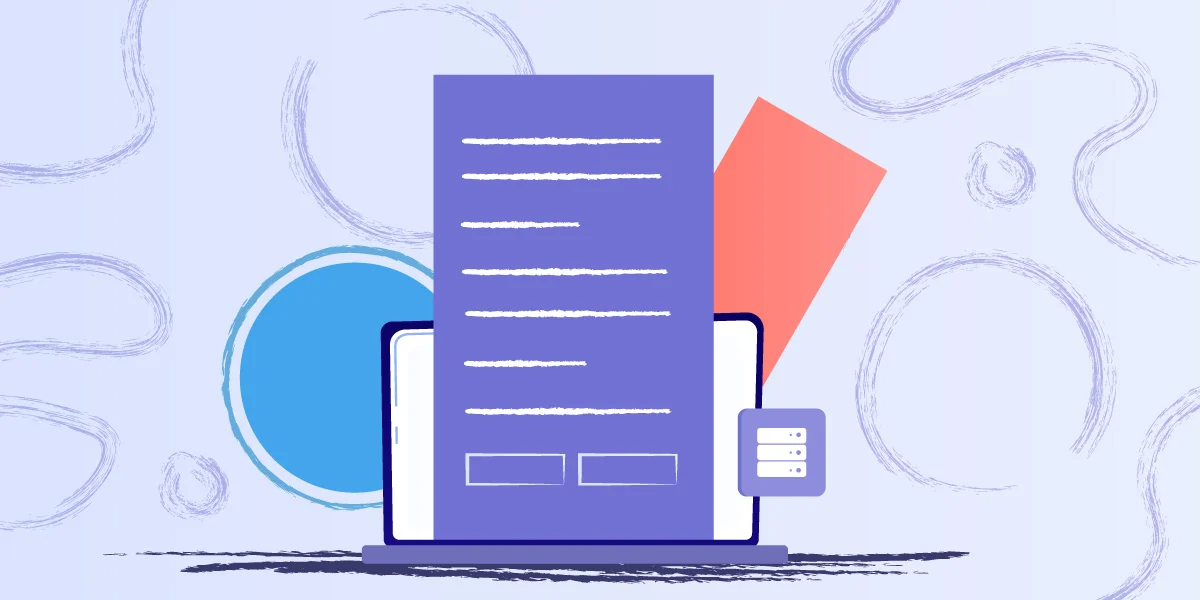Are you feeling like a mess of numbers and subnet masks when someone begins talking IP addresses? But don’t worry, it’s not unusual. Mastering IP Subnetting is no joke but don’t despair: this ultimate cheat sheet subnet will make the process less of a daunting mystery! Learn how to recognize and identify subnets with this straightforward guide. Every network administrator, regardless of whether they’re experienced or just beginning their journey in networking, need to know the basics of IP address.

IP subnetting enables network administrators to manage and optimize their network resources. To help you understand the maze of subnetting we have created an ultimate guide to subnetting. For those who are new or looking for an instant reference the extensive guide will provide you with the skills and techniques necessary for successful IP subnetting.
I. Understanding IP subnetting:
IP subnetting is the process which divides a network into subnetworks or smaller networks to improve performance of the network and control IP address allocation. It involves creating logical subnets within a vast network and assigning IP addresses that are unique to each. This permits efficient data routing and also improves security.
II. The importance of a subnetting cheat sheet:
A subnetting cheatsheet is a valuable tool for network administrators. It’s a concise guide which includes the essential formulas as well as rules and subnetting methods, which makes the subnetting process more efficient and accurate. The cheat sheet will help save you time and will ensure accuracy when doing calculations for subnetting.
III. IP Subnet cheatsheet: Key elements
1. Subnet Mask Subnet Mask: The subnet mask is used to determine the network and host part of an IP address. The cheat sheet can serve as a quick reference tool to determine the subnet, by determining how many network bits are there.
2. Network Address: The address of the network is the address that serves as the base for the subnet. It identifies a subnet in an overall network.
3. Broadcast Address (also known as the broadcast address): This is the highest-level address in subnets. It is used to transmit information to all devices connected to that subnet.
4. Host range The host range refers to the set of IP addresses with valid validity that can be assigned to devices that are part of subnets. It excludes network addresses and broadcast addresses.
5. CIDR notation: Classless interdomain routing (CIDR), which is represented by the slash symbol (/) which is followed by number network bits, symbolizes the subnet mask. To make it easy to reference, the cheat sheet includes an example of a conversion chart.
IV. Tips and techniques for subnetting success:
1. Subnetting by Hand The cheat sheet offers step-bystep instructions on subnetting, without the necessity of calculators or other subnetting tools. Understanding the basic concepts will allow you to take on subnetting problems successfully.
2. Variable Length Masking (VLSM). VLSM permits the assignment of subnets that have different sizes within a network. The cheat sheet subnet offers instructions on how to utilize VLSM effectively to optimize IP address allocation.
3. Binary to Decimal Conversion: Understanding binary to decimal conversion is crucial to subnetting. The cheat sheet provides an information table for conversion and also tips for swiftly converting binary numbers into decimal.
4. Subnetting Quick Reference Chart The cheat sheet comes with the subnetting chart that maps the number of bits in a network to the mask for the subnet, as well as the number of subnets, as well as the number of hosts per subnet.
5. Subnetting Examples Cheat Sheet: This cheat sheet gives concrete examples and samples of subnetting problems that allow you to test your abilities and improve your understanding.
V. Advantages of subnetting using a cheat sheet:
1. Time-saving Subnetting cheat sheet, you will be able to perform subnetting calculations efficiently and precisely and efficiently, reducing time spent on your tasks of managing networks.
2. Accuracy and efficiency The cheat sheet is used as a reliable reference helping to reduce the risk of making errors during subnetting calculations as well as ensuring effective utilization of network resources.
3. Learning Aid: The cheat sheet acts as a tool for learning, helping you to grasp subnetting principles and techniques better. It helps you understand subnetting concepts and techniques better.
If you are able to grasp IP subnetting, IT experts can quickly establish networking systems and successfully manage IP networks. You should now have gained important insights into how to set up subnets, control them, and then analyze the results as required. While IP subnetting isn’t a requirement for an knowledge of the basics of networking however, it’s important for you to read them before doing so to understand the tools. As with all IT technique, practice makes perfect. Take the time to work through the IP Subnetting Cheat Sheet regularly to strengthen your understanding of the subject matter. Have fun!
